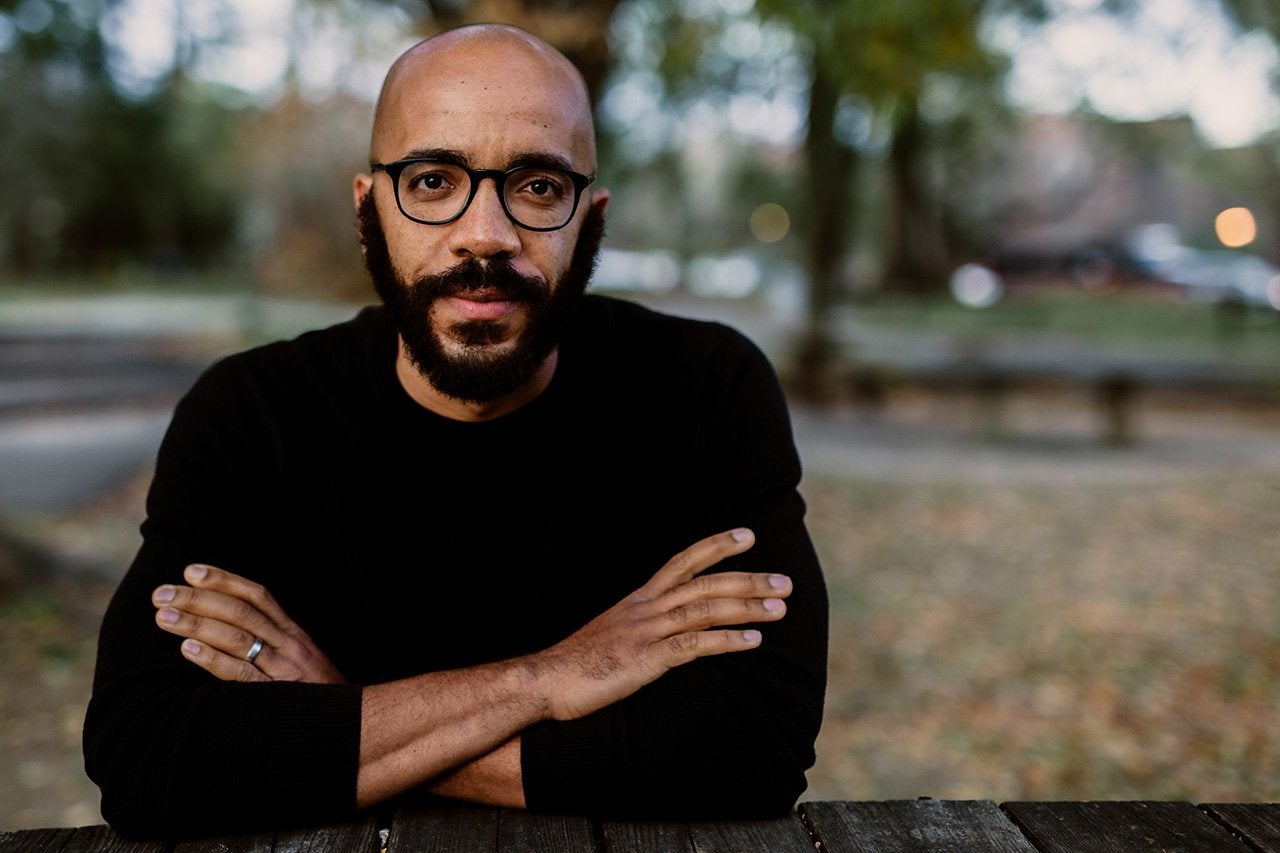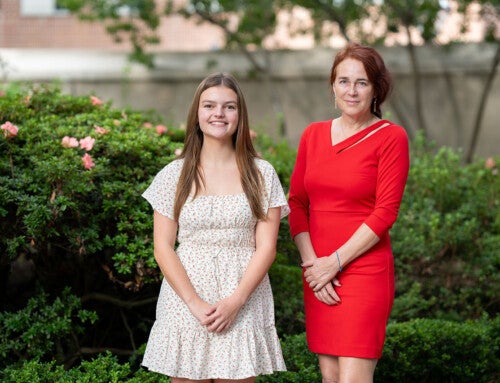The 2022-23 College Reads! book, How the Word Is Passed: A Reckoning With the History of Slavery Across America, is an engrossing exploration of eight places in America and one overseas that are integral to the story of slavery. Author Clint Smith begins in his hometown of New Orleans before taking the reader on a tour that includes Thomas Jefferson’s Monticello and Blandford Cemetery in Virginia, Galveston Island in Texas and even New York City.
“Gregarious, learned and engagingly open-minded, the book meets America where it is on the subject — which is to say, all over the place,” wrote The New York Times reviewer. The Times’ editors selected How the Word Is Passed as one of their 10 Best Books of 2021.
A poet and staff writer at The Atlantic, Smith chatted with The College Today about his work ahead of a free, public talk he’ll give at the College of Charleston on Monday, Oct. 24, 2022, at 7 p.m. at the Sottile Theatre. Kameelah Martin, dean of the Graduate School of the University of Charleston, will moderate. During his visit to the College on Oct. 24 and 25, Smith will also meet with students and faculty across campus.
Charleston wasn’t one of the places in your book, but it clearly could have been given that the city is ground zero for the slave trade.
The footprint of Charleston was in many of the places that I spent time in. I did spend time in Charleston and was thinking about including it in the book, but there’s only so much space. And many people have already done entire books about the relationship between how slavery is memorialized or not memorialized in the City of Charleston.
 What do you want people to take away from your book?
What do you want people to take away from your book?
I wrote the book to gain a deeper sense of our collective physical proximity to this history – how the scars of slavery are etched into the landscape all around us, in our street names, in our monuments, in our memorials and in the places that we failed to memorialize and remember. But in trying to get a sense of our collective physical proximity to this history, part of what happened was that I gained a deeper sense of our collective temporal proximity to this history. I gained a more acute recognition that this history we tell ourselves was a long time ago really wasn’t that long ago at all.
I always tell people my grandfather’s grandfather was enslaved. So, when my four year old son sits on my grandfather’s lap, I imagine my grandfather sitting on his grandfather’s lap, and I’m reminded that this history that we’ve been told our entire lives has nothing to do with the contemporary landscape of inequality, actually has everything to do with the contemporary landscape of inequality. We are not so far removed from from that period of time. There are people who are alive today who knew, who loved, who were raised by people who were born into slavery. The woman who opened the National Museum of African American History and Culture in 2016, Ruth Odom Bonner, and sort of helped ring the bell to open the museum alongside the Obama family was the daughter of an enslaved person, not the granddaughter or the great granddaughter. The woman who opened the museum in 2016 was the daughter of a man who had been born into chattel slavery. That’s why I end the book with an epilogue about my grandparents because their lives are sort of reflections of the fact that none of this was that long ago.
You write in your book that we’re maybe at an inflection point where more people are willing to hear the truth. But there’s still a lot of push back. There’s a real dichotomy going on, isn’t there?
Because of what’s happened in the Black Lives Matter movement over the last 10 years, the way that so many millions of people understand the history of race and racism in this country is far more sophisticated than it was prior. But as a result, you have millions of other people who are now hearing a different story of America that reflects a set of perspectives and ideas and pieces and slices of history that weren’t always included in the way that they had been taught about history. If the Black Lives Matter movement served as a huge catalyst to us telling a more holistic, inclusive, honest, robust and multidimensional story of America that forces us to confront that which we should both be proud of and that which we should be ashamed of, then it means that the story so many people have previously been told about America – the sort of two dimensional rendering of it as a place where no matter who you are you can get ahead as long as you work hard enough – is revealed to be a myth.
But so many people’s sense of selves are deeply connected to that myth and are deeply tied and interwoven to a story of America that now they’re being told is not fully true. That’s a scary thing for people. It creates a lot of fear within people because you’re not only asking people to sort of reassess their understanding of American history, it becomes like a crisis of identity for many people. You’re asking them to believe stories that are different than the stories that they’ve been told by their mom and their dad and their grandparents and their community and their churches and all of these places that have been fundamental in shaping who they are. And so I think we have to take seriously the sort of emotional and familial texture that undergird the difficulty that many people have in accepting the newer story of America. It’s a newer story, but it’s also a more honest story. And that’s not to excuse people’s lack of willingness to engage with the history themselves, but I think it is important to understand why there’s so much resistance.
What has the reception for your book been like?
It’s been more than I could have ever imagined. I spent four years working on this book, traveling to different sites across the country, across the ocean. And writing a book is oftentimes a very sort of solo, isolating project. Fortunately, I got to travel and meet people and have really fascinating conversations, but then I have to come home and sit in my office and spend years trying to put all of those conversations and histories and archives together. So many people write incredible books that never get the attention they deserve. I feel very lucky that my book has gotten so much attention and has been so well regarded by so many people that I admire and respect. And I feel a lot of gratitude that so many readers have shared the book and told others about how meaningful they found it to be. And I’m thankful to schools like the College of Charleston that selected this book as one of the focal points of their academic year, something that people have created programming and discussions around. I mean, it’s an author’s dream. It really is.




